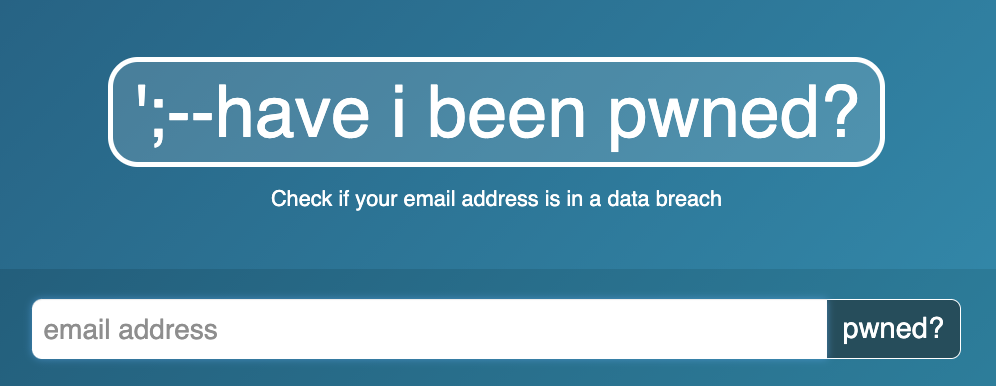How to tell if your cloud account & password have been hacked!
If you pick a bad password, your business is at risk.
Passwords are everywhere nowadays! It’s difficult to keep track of them. Whether you write them on post-it notes (tut tut), keep them in your head, or use a password manager, they’re still vulnerable. It’s been said many times before but passwords aren’t the best security measure, especially when people pick “password123” or their dogs’ name. Add that to the constant threat of cybercriminals, and it’s no surprise that data breaches are common. Take 2020 as an example:
- EasyJet admits data of 9 Million users hacked
- 500K Zoom Accounts Discovered for Sale on the Dark Web
- Nintendo leak 160,000 passwords
If you used one of those services, chances are the password you used is on the dark web for hackers to try out. 4 steps to protect yourself
- Check Have I Been Pwned? and see if your data has been leaked.
- Use a good password (duh)… Harder than it looks!
- Make sure you have multi-factor authentication turned on (this is where you’re asked for an sms code or similar before you login).
- User a password manager.
Read on as we dive in more detail below…
Here are some tips for stronger passwords:
- Make it a minimum 10 characters long
- Use numbers & symbols
- Include a random element
A password such as “cactusyellowfridgemarshmellow”, despite no numbers or symbols, is better than “Gizmo1”. Add some numbers & symbols and you have yourself a secure password.

1) Review your accounts – To see if you’ve been the victim of a data breach, Have I Been Pwned? is a great tool for this. Enter your email address (or passwords) to be provided a list of breaches your data may have been involved with. If you want to go deeper, DeHashed allows you to find further info. If your information has been part of a breach, change your password immediately. Don’t reuse passwords across services. Even slight variations on a common password (changing numbers at the end for example) is not secure. It’s a reputable service – we recommend you sign up to be notified if any of your emails have been compromised – keeping you one step ahead of the hackers
2) Pick a good password! The companies you have accounts with should have good security, but inevitably some won’t.
3) MFA – Using another authentication method is advised. Whether it’s a text or an email with a code to log in, MFA adds another step once you’ve entered your password correctly. Authenticator apps such as Google Authenticator as useful as well, they require you to have physical access to another device to be able to log in.
4) Password managers – Never have to remember a password again! LastPass is a good solution. It generates you a horribly long, complex & secure password that you don’t need to remember. For macOS users, you can use the keychain to generate & remember passwords for you.
If you have any questions on how you can stay secure, feel free to contact us.
Did you know? We do secure file sharing. You don’t even have to worry about login! Find out more here.
Sources: